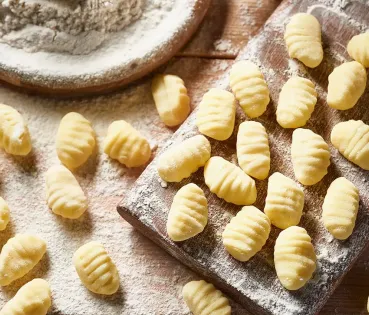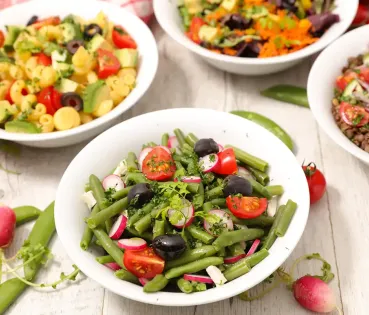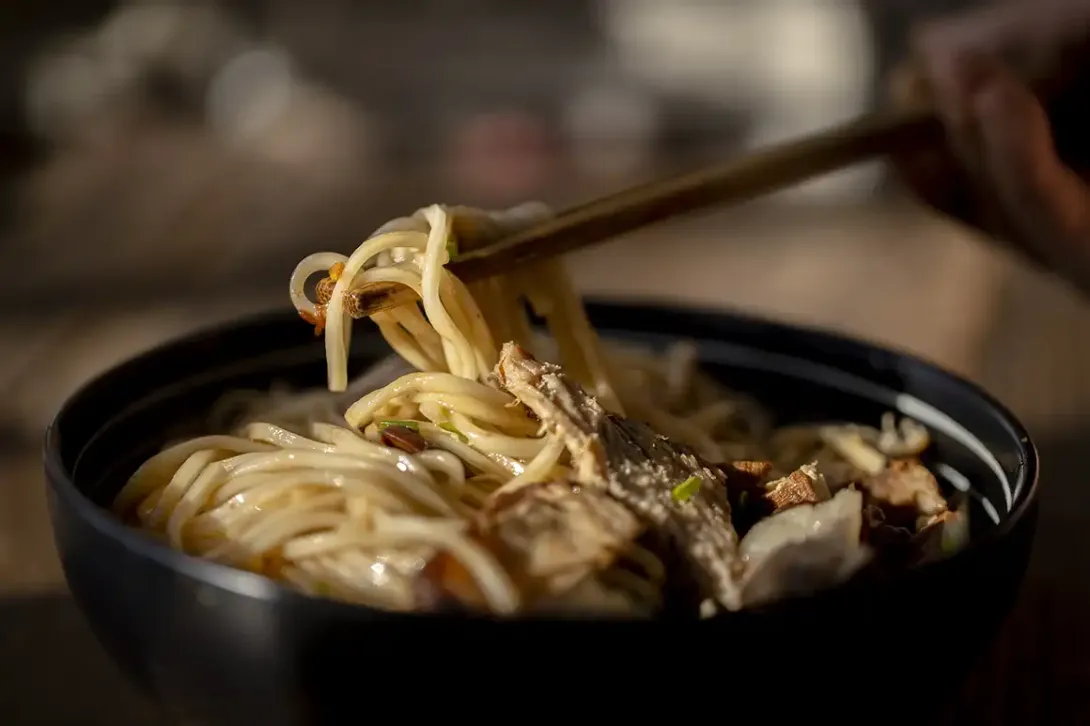
How Chinese is the Chinese cuisine we enjoy in Spain?
Spring rolls, “three delights” fried rice and sweet and sour pork are the basic items on the menu at any Chinese restaurant in Spain. But did you know that none of these dishes are served in China?
Asian cuisine is one of the most popular foreign food options in Spain, according to the Federación Española de Sociedades de Nutrición, Alimentación y Dietética (FESNAD; Spanish Federation of Societies for the Study of Nutrition, Food and Diet). However, many of the dishes that we think of as being traditional in certain countries are, in fact, far removed from anything that might actually be served there in a local restaurant.
One of the most notorious cases is Chinese cuisine. Known for menus packed with deep-fried food and meats served in sauces, East Asian cuisine has been adapted to the Western palate since restaurants were opened abroad. However, while it is true that contemporary Chinese cuisine has been influenced by many modern tastes, it is one of the cuisines that still retains the strongest connection to its historical and traditional roots.
What is Chines cuisine really like?
In almost any Chinese household, the menu is built around boiled vegetables, soups, rice and pasta dishes, and top-quality fish and meats. These are generally used in small quantities and presented in bite-sized pieces, rather than served on individual plates for each diner.
Chinese restaurants are also meticulous with the presentation of their fares, specialising in one type of cuisine, according to style of each region. The most widespread nowadays are Cantonese, Beijing, Sichuanese, Hangzhou and Hunan cuisine.
Tea, the reigning beverage
On the other hand, the quintessential drink to be served with any oriental meal is tea, and that is definitely true in China, where it is sipped throughout the day.
Tea has been consumed in China since at least the 3rd century B.C. Traditionally, its medicinal properties have been cited, including its calming effects and digestive and antioxidant properties. In addition, it has also been linked with Taoism as a complement for meditation.
Nowadays it is enjoyed in social or family gatherings and is a symbol of hospitality and respect at any formal gathering. There are still tea houses where the tradition of Gongfu Cha, a traditional ceremony involving the use of special utensils and a meticulous process of serving and drinking, is still practised.
Six dishes that are, in fact, Chinese
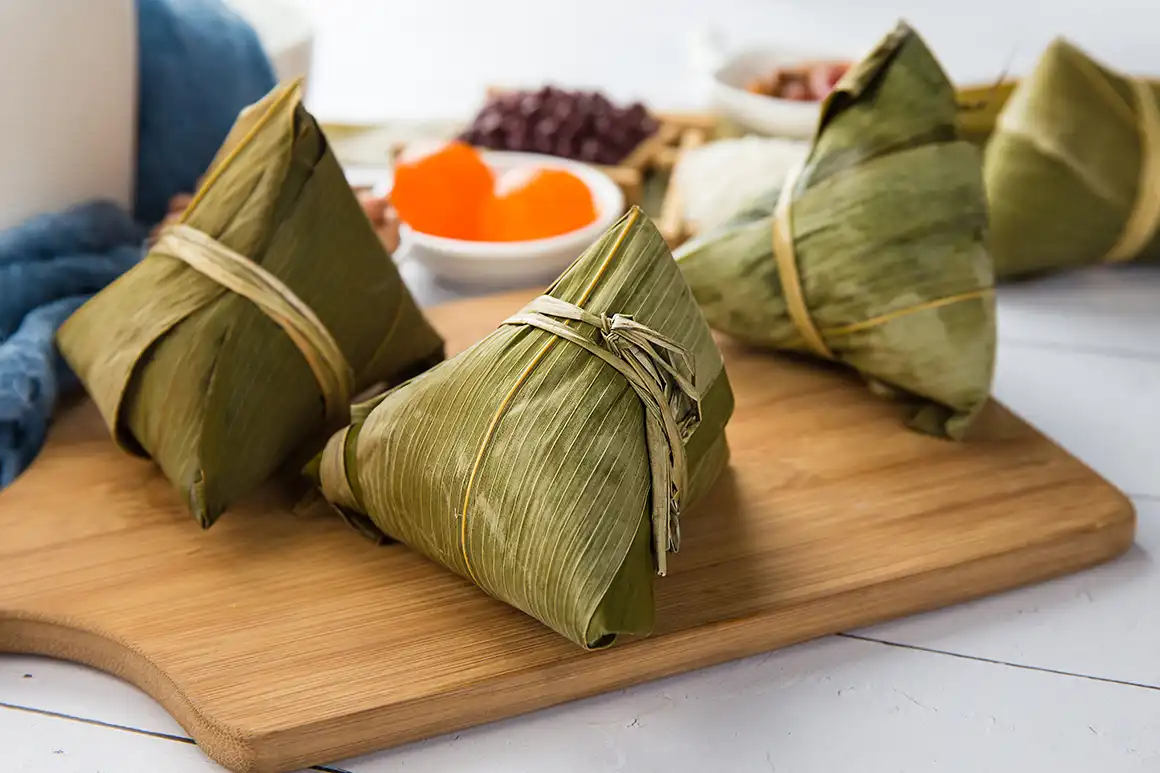
zongzi
1 of 7
A traditional dish linked to the Dragon Boat Festival. It consists of a glutinous rice dough filled with a number of ingredients and wrapped in bamboo leaves. The filling varies depending on the region, although the most typical fillings are meat or sweet bean paste. The whole package is usually boiled or steamed.

Wanton soup or wanton mee
2 of 7
Wonton is a type of dumpling with a thin outer shell filled with meat and vegetables. It is found in two of China's most common dishes, wonton soup and wonton mee.
The former is a dish with Cantonese roots consisting of a broth of chicken or pork bones and spices, with wontons and some additional toppings, such as bok choy, spinach, spring onion or coriander.
Wonton mee is wonton and noodles together, typically served with a a soy-based sauce, sesame oil, oyster sauce, sugar, garlic and chicken broth.

Kung pao chicken
3 of 7
This is a classic Chinese dish from Sichuan province that combines spicy and sweet flavours with a crunchy texture. Ingredients include peanuts, soy sauce, dried chillies and assorted vegetables served as a side dish.
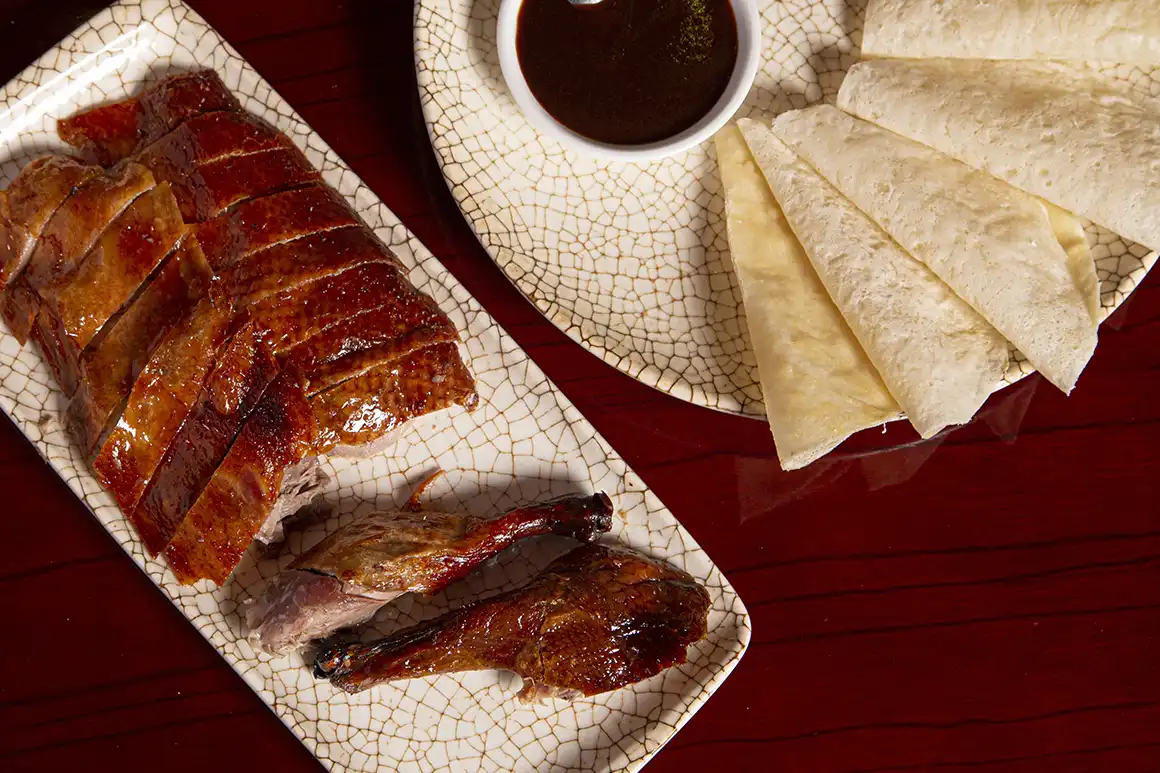
Lacquered duck
4 of 7
Also known as Peking duck, it is famous for being crispy on the outside and juicy on the inside. It was traditionally cooked in a special oven that allowed it to be roasted hanging, but now it is often placed on a platter. It is served with thin crepes, chives and cucumber strips, and hoisin or plum sauce, and a small taco is assembled with all the ingredients inside the dough.
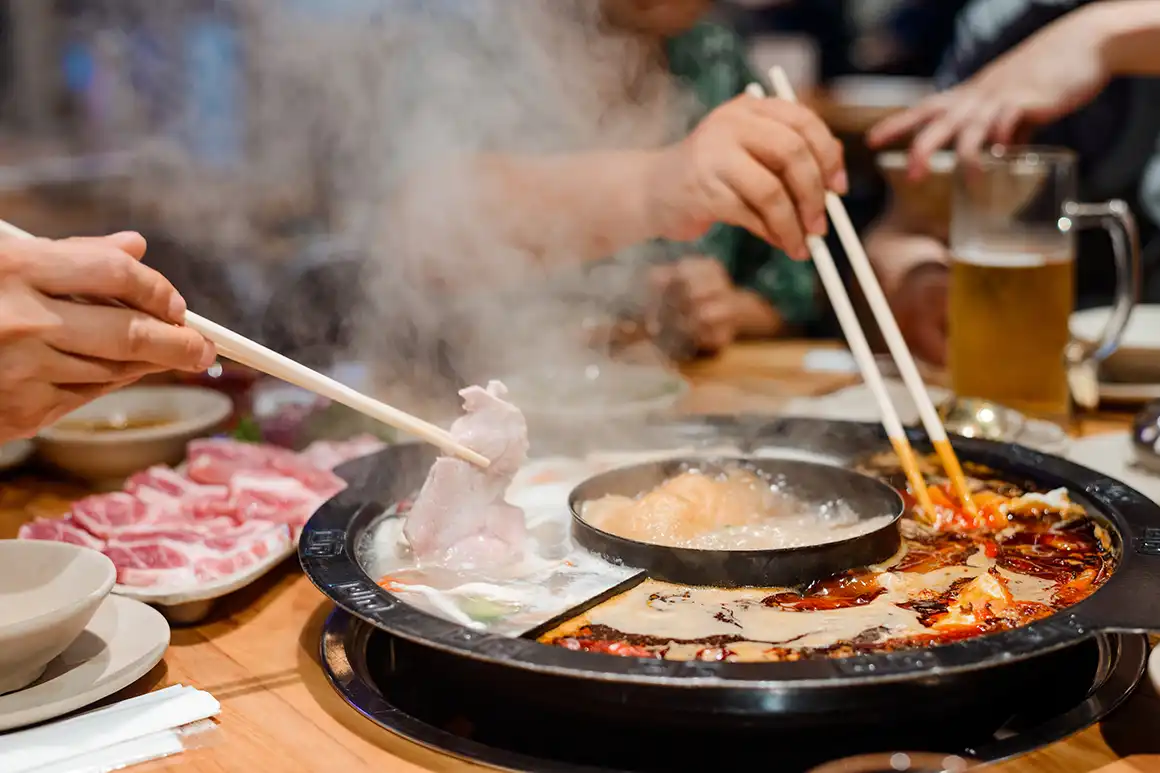
Huo guo
5 of 7
Popularly known as hot pot, it is a traditional Chinese cooking method that brings together many ingredients in a hot broth that is placed at the centre of the table. Diners use chopsticks to dip raw ingredients (vegetables, meats) into the broth and let them cook in a matter of seconds or minutes. It is a typical dish at family gatherings or celebrations.
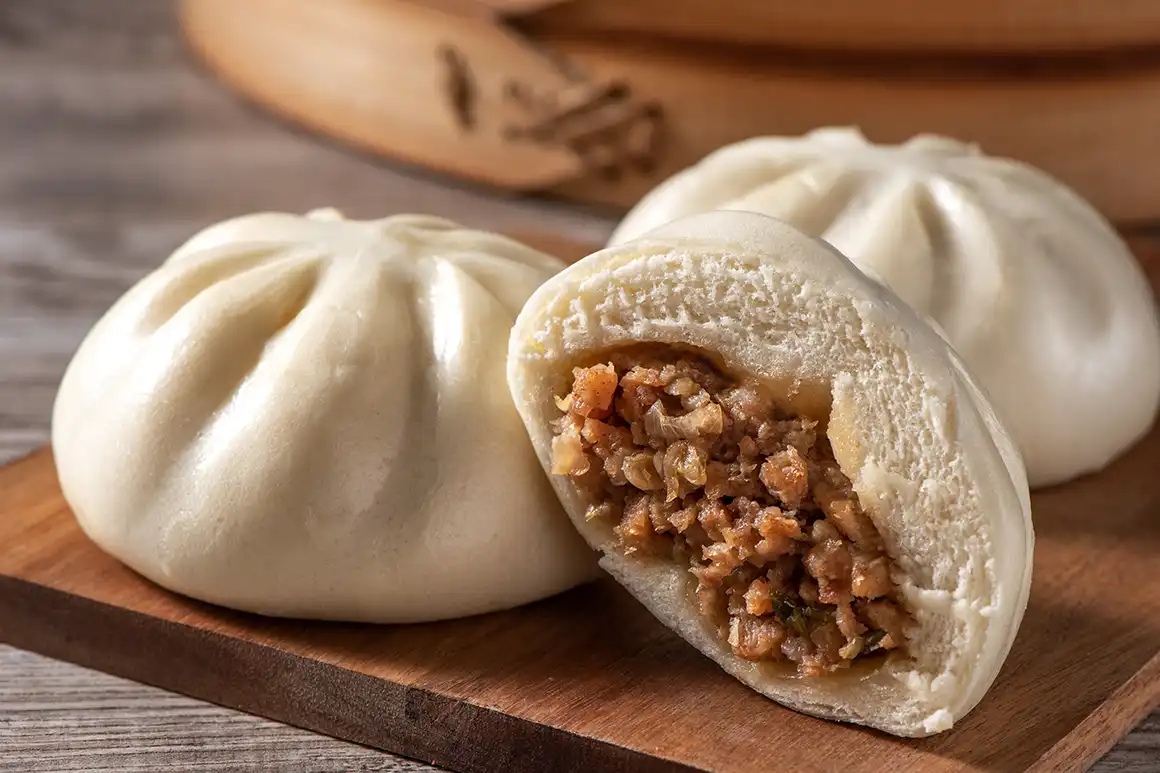
Baozi
6 of 7
Baozi is a type of Chinese steamed bun filled with many chopped ingredients. It is a popular snack, even for breakfast or snacking between meals. It is known for its spongy dough, fermented for hours, and the versatility of the fillings.
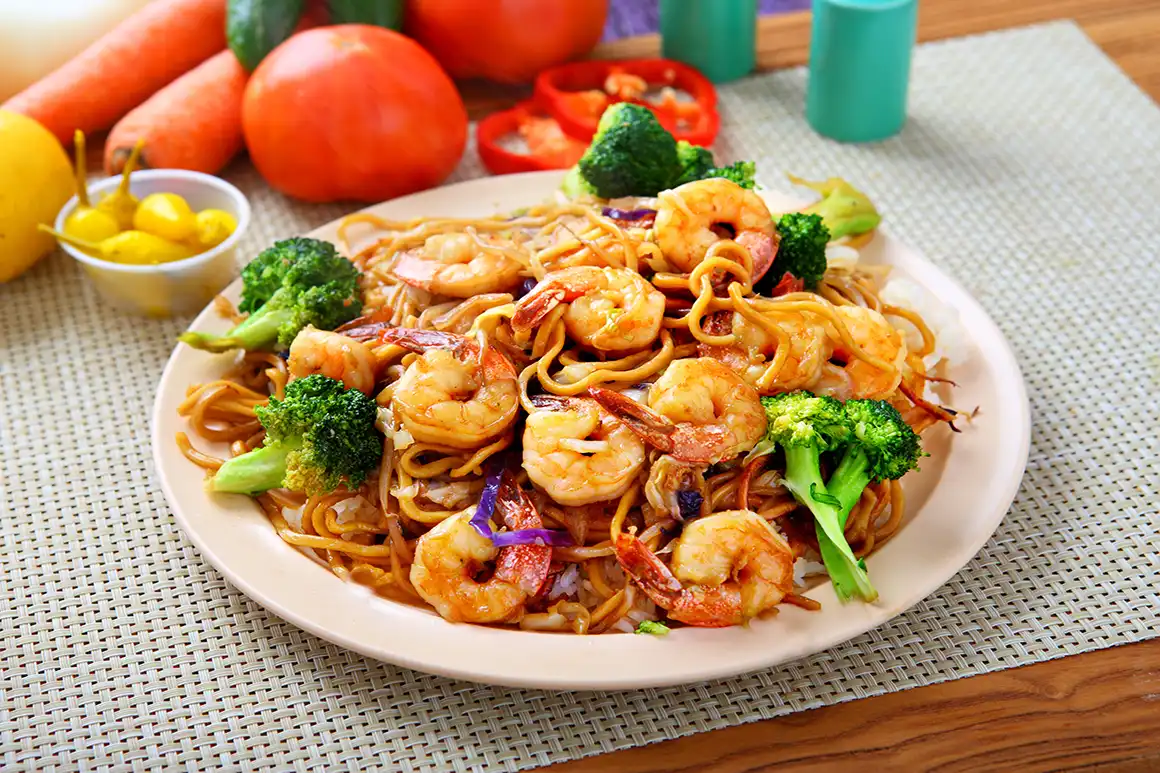
Chow mein
7 of 7
Finally, chow mein is one of the most classic dishes, consisting of stir-fried noodles mixed with a range of vegetables and proteins, often varying according to available ingredients or individual preference. It is usually cooked with egg noodles and garnished with ingredients such as spring onions, toasted sesame seeds and even chilli oil.

